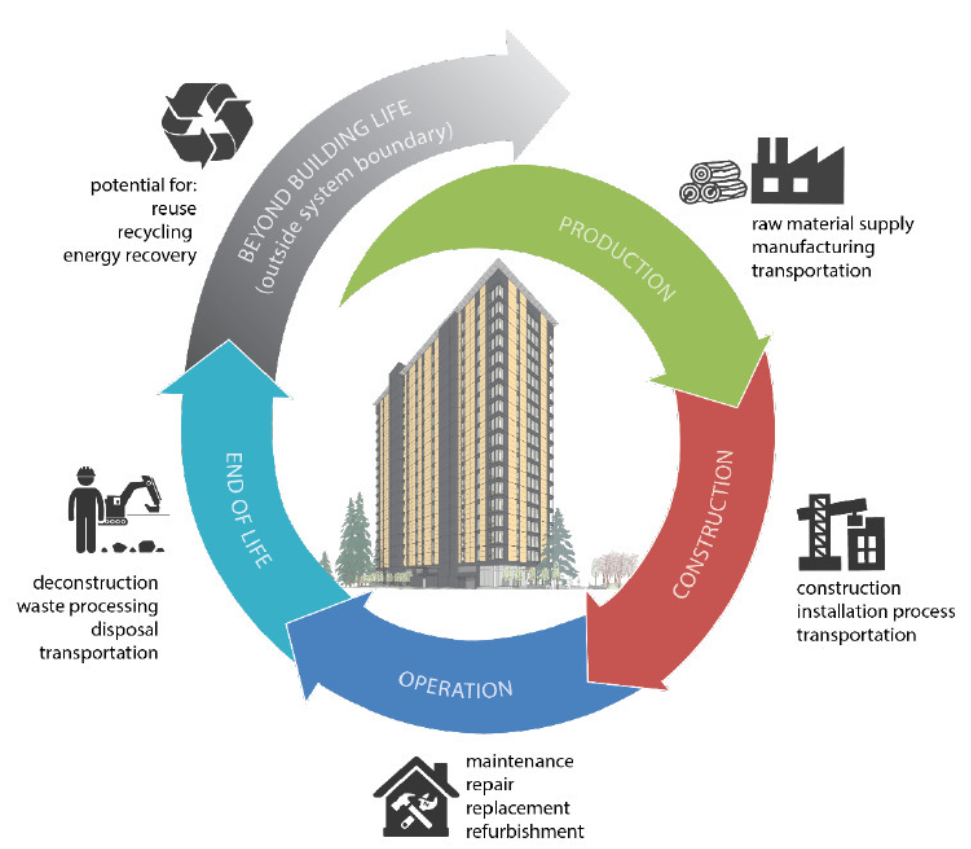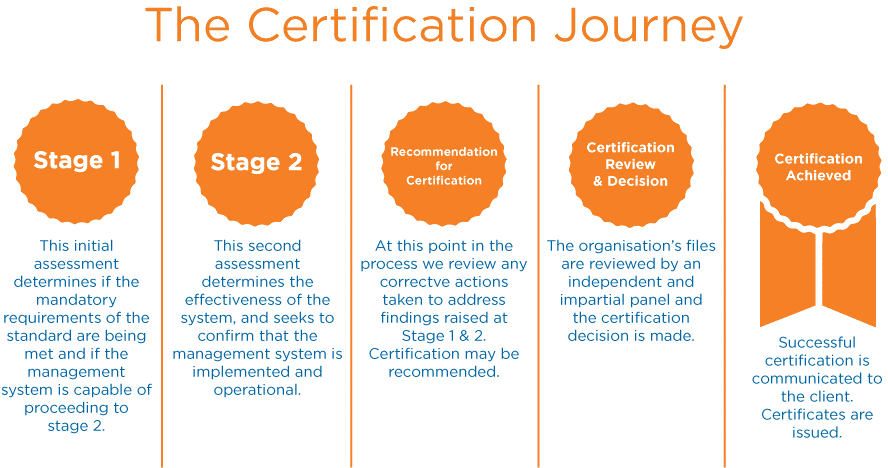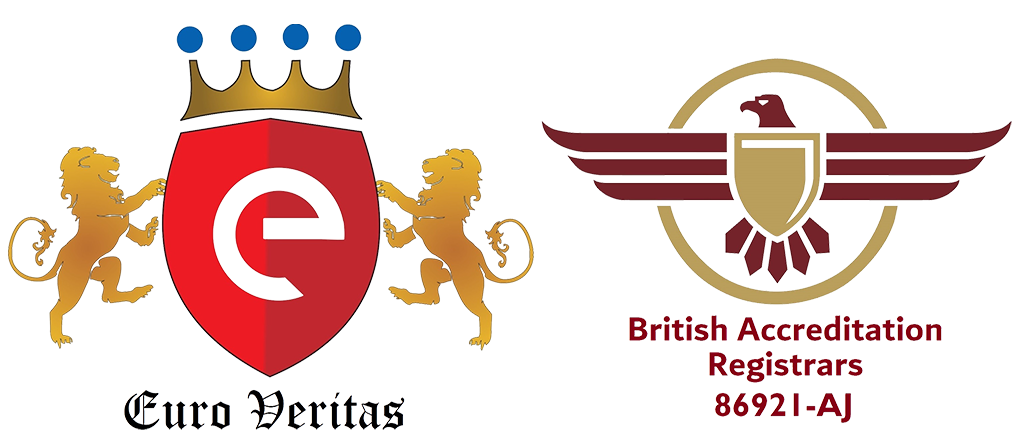ISO 21678:2020, Sustainability in buildings and civil engineering works—Indicators and benchmarks—Principles, requirements and guidelines, is a standard that defines principles, requirements, and guidelines for developing and using benchmarks to assess the economic, social, and environmental performance of buildings and civil engineering works. The standard also describes how to use benchmarks to support the evaluation process.
ISO 21678 defines principles, requirements and guidelines for the development and use of benchmarks when assessing the economic, social and/or environmental performance of buildings and civil engineering works by using sustainability indicators. It complements and supports the application of ISO 21929-1 and ISO/TS 21929-2 by creating principles and requirements for the establishment of benchmarks that support target setting, decision making and communication to third parties. This standard is also related to ISO 21931-1 and ISO 21931-2 by creating principles, requirements and guidelines for the establishment and use of benchmarks related to environmental performance and other aspects of sustainability.
This standard describes three types of values for benchmarks (performance levels for comparison purposes):
- limit values;
- reference values;
- target values.
This standard does not set benchmarks.
Minimum requirements for sustainability assessment criteria and sustainability indicators for buildings have been developed as have calculation methods and requirements. Whilst current International Standards on sustainability in buildings and civil engineering works1 support the assessment and comparison of buildings and other types of construction works, there is no detailed information on the evaluation process. Assessment is typically a two-step approach including calculation and evaluation. To support the evaluation process, this standard describes the use of benchmarks, including principles and requirements for their development.
Building projects often need to be changed to significantly lower the negative impacts to the environment, society and economy. This will require significant improvements in cooperation, communication, and the use of design and assessment tools. As the demand for results of sustainability assessments of buildings and other types of construction works continues to grow, benchmarks can be used for tasks such as
- target setting in early design stages (strategic planning, preparation and briefing stages) and for architectural competitions;
- target setting in public procurement;
- evaluation of designs or buildings and civil engineering works to support decision making;
- certification of buildings/other types of construction works;
- communication to third parties about assessment results (for example used in appraisal process or to support funding decisions).
Although sustainability indicators are commonly used, the assessment results often lack transparency about the development of the applied reference levels and their application[8].
The possible sources for benchmarks depend on the type of value. In this standard they are described as: a) limit values, b) reference values, c) target values.
Currently understanding of benchmarks has often been developed in parallel with the development of assessment systems. As a result, the assessment ratings depend on the specific systems, calculation and assessment rules, databases and calculation tools. Benchmarks are important because there is a need to understand and explain the linkage between the economic value of the asset and issues of sustainable development in order to promote sustainable building. Transparent methods and common principles are needed for the development of benchmarks. A range of stakeholders has an interest in receiving a common understanding of benchmarks for buildings and civil engineering works. These include:
- Policy makers, local authorities, building authorities:
- to monitor and judge the progress of built environment in terms of sustainability indicators;
- to define targets and regulatory limit values for built environment.
- Owners and investors, portfolio managers:
- to compare the performance of buildings/premises/civil engineering works with other buildings or construction works;
- in case of international property portfolios, to compare and assess the potential for new technologies in different countries;
- to set targets.
- Designers and consultants:
- to compare the performance of design solutions.
- Appraisal specialists and estate agents:
- to use the benchmarks in comparative valuing;
- to use the benchmarks in selling/marketing.
- Banks and insurance companies:
- to use the benchmarks in valuing and assessing financial risks (ISO 14097).
Why you need the BS ISO 21678:2020 Standard?
The need for consolidated benchmark values is recognized and expressed in various national and European laws or guidelines: BREEAM, LEED, Energy Performance Certificates, etc.
This document complements existing indicators ISO 21929-1 and ISO 21929-2 for the assessment of mission and strategy and ISO 21931-1 and ISO 21931-2 for the assessment of the environmental performance.

Building Rating Systems – High Performance in the Built Environment:
An assessment of the environmental and social sustainability of a built structure is critical to the decision-making process of property developers, sponsors, investors, designers, architects, housing and building contractors, and real estate investors. Tools for evaluating the environmental and social characteristics of structures allows for low-risk, informed decision-making, which aligns with stakeholders’ personal values and commercial self-interests.
ISO/TS 21929-2 specifies requirements and guidelines for the development of criteria for the evaluation of the environmental and social sustainability of buildings and civil engineering works. It provides criteria and procedures for the assessment and quantification of life-cycle impacts (using energy, materials, water and waste), as well as human and social impacts. These impacts are generally analyzed and quantified at different levels of the building life cycle:
- concept and design;
- design, construction, operation, and demolition;
- on-site and off-site supply chain activities and human activities;
- beneficial reuse.
Sustainability indicators are the primary input data for the assessment according to ISO/TS 21929-2. Sustainability indicators are a group of up to 8 attributes characterized by a data source, an aggregating function, a rule for the calculation of an overall quantitative indicator value, and an assessment scale.
BS ISO 21678:2020 Standard is complementary to ISO/TS 21929-2, providing additional principles, requirements and guidance for the development and use of benchmarks when assessing the environmental and social performance of buildings and civil engineering works.
ISO/TS 21929-2:2017 specifies requirements and guidelines for the assessment of the environmental and social sustainability of buildings and civil engineering works.
Requirements and guidelines are commonly needed during the life cycle of a project, from conception through operation, and even the post-operational reuse.
The ISO/TS 21929-2 methodology provides a way to establish an assessment framework that considers:
- the legal requirements of a specific project;
- the environmental and social policy of a corporation;
- standards for environmental and social performance in certain industries;
- advice from clients;
- open standards.
ISO/TS 21929-2 supports an assessment of the environmental and social impacts – and an improvement of the environmental and social performance – of a project. It can be applied throughout the design, procurement, construction, operation, and post-operation phases of the project. ISO/TS 21929-2 specifies requirements and guidelines for the assessment of the environmental and social sustainability of buildings and civil engineering works.
What prompted the creation of the BS ISO 21678:2020 Standard?
BS ISO 21678:2020 Standard seeks to complement existing indicators ISO 21929-1 and ISO 21929-2 for the assessment of mission and strategy and ISO 21931-1 and ISO 21931-2 for the assessment of the environmental performance.
The following standards are referred to in the text in such a way that some or all of their content constitutes requirements of this standard.
- ISO 6707-1, Buildings and civil engineering works — Vocabulary — Part 1: General terms
- ISO 21929-1, Sustainability in building construction — Sustainability indicators — Part 1: Framework for the development of indicators and a core set of indicators for buildings
- ISO/TS 21929-2, Sustainability in building construction — Sustainability indicators — Part 2: Framework for the development of indicators for civil engineering works
- ISO 21931-1, Sustainability in building construction — Framework for methods of assessment of the environmental performance of construction works — Part 1: Buildings
- ISO 21931-2, Sustainability in buildings and civil engineering works — Framework for methods of assessment of the environmental, social and economic performance of construction works as a basis for sustainability assessment — Part 2: Civil engineering works ISO/TR 21932, Sustainability in buildings and civil engineering works — A review of terminology ISO 15392, Sustainability in buildings and civil engineering works — General principles
- ISO 14050, Environmental management — Vocabulary
ISO 21678:2020 Certification from Euro VERITAS, UK (www.euroveritas.com) accreditated from BAR-UK
Euro VERITAS, UK (www.euroveritas.com) accreditated from BAR-UK is one of the leading certification bodies in the world, to become an accredited certification body to certify organisations for ISO 21678:2020 standard.
Accreditation is the process by which Euro Veritas, UK (www.euroveritas.com) accreditated from BAR-UK is recognized to offer certification services. In order to become accredited, Euro Veritas, UK (www.euroveritas.com) accreditated from BAR-UK is required to implement ISO 17021:2015 which is a set of requirements for certification bodies providing auditing and certification of management systems.




